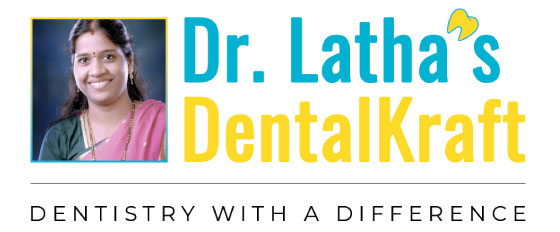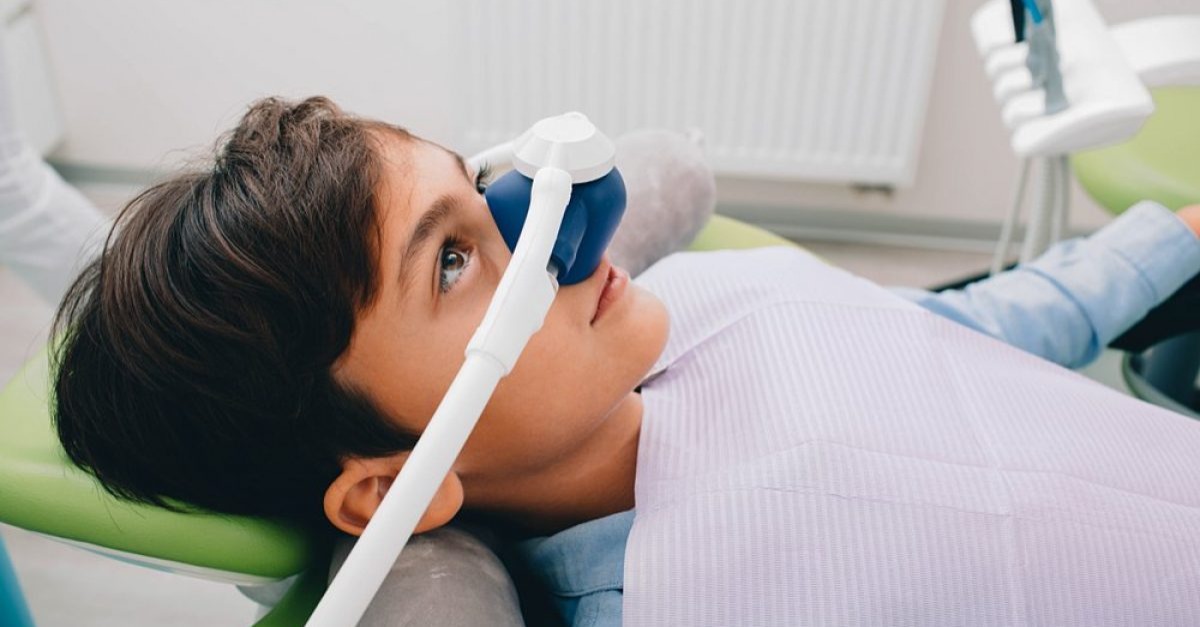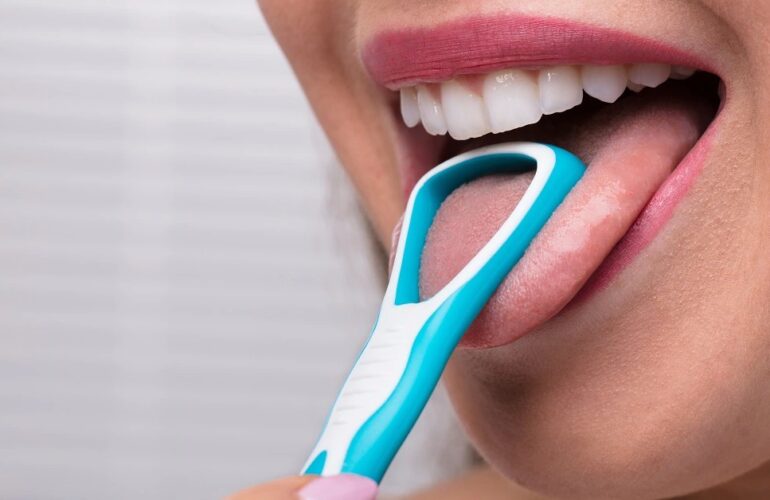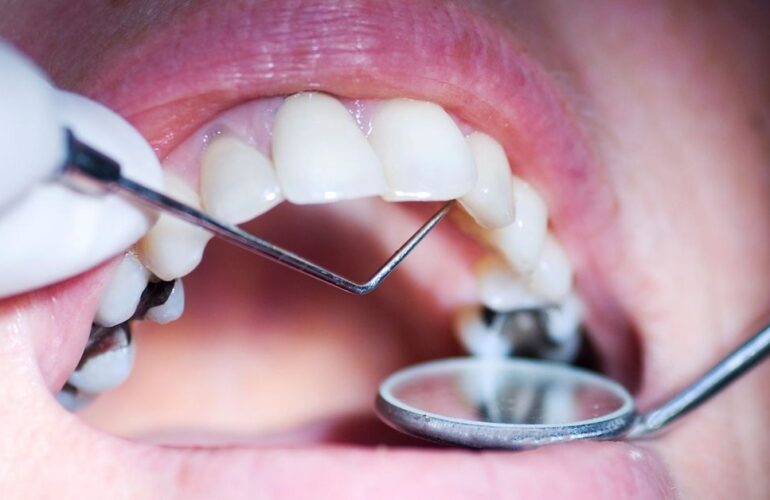Sedation Dentistry: What, Why, How
It is important for people, especially children, to visit the dentist for routine check-ups to ensure that their teeth are clean and oral hygiene is maintained. Dreading an appointment with the dentist is something of an old trope in modern civilization, but if the figures are to be believed, it’s also a stark, alarming reality; over a 100 million people across the world avoid visiting the dentist out of fear or anxiety. Therefore, the emergence of sedation dentistry is critical to the issue of dental health.
Do your nerves rattle when you’re perched on the dentist chair, dreading the first contact of his tools with your teeth? Do you freeze up while your palms get sweaty when you’re just sitting in the waiting room waiting for your turn? Fear not – today, there’s a reliable method that allows you to bypass the process while you get your dental health in place. While there are many apprehensions about the practice of sedation dentistry, it is becoming increasingly commonplace. Millions across the globe have benefited from this modern procedure.
What Exactly Does Sedation Dentistry Mean?
To put it very simply, a sedation dentist is a qualified professional who administers a sedative to induce a relaxed state in the patient, easing their anxieties and allowing for greater cooperation from him or her during a procedure.
Sedation dentistry involves the use of specialized sedative techniques, cutting-edge equipment, medications, and detailed analyses of patients, all geared toward successful dental treatments. Most dental boards make it mandatory for dentists to undergo training to become skilled in its practice and application.
Why is Sedation Dentistry Necessary?
The fear of pain and the anxieties associated with unsuccessful procedures are the primary causes for people to feel highly nervous before they visit the dentist. Over time, modern techniques have been developed to address this widespread problem.
Putting off a recommended treatment out of fear can become a long-term and recurring problem, to the extent that a patient’s oral health can be put in serious jeopardy. Sedation dentistry helps you get the attention your teeth need today in order to prevent bigger problems later.
States of Sedation During a Procedure
There are different levels of sedation that can be administered in dental procedures. The patient’s medical history is studied by the dentist, and his level of discomfort is carefully assessed to determine the level of sedation that is necessary.
- Minimal Sedation: wherein the patient is fully awake but in a more relaxed state. You retain the ability to respond and verbal cues and gestures
- Moderate Sedation: wherein the patient remains awake but in a relaxed, dreamlike state. Some patients at this level of sedation may not remember the process. In most cases, they are able to respond to verbal gestures.
- Deep Sedation: wherein the patient is close to a state of unconsciousness, but he can be awakened if necessary.
- General Anesthesia: wherein the patient is unconscious, and is only awakened after the procedure is complete
How it’s Done: The Various Methods of Sedation Dentistry
There are a number of tested and safe methods to leverage the relaxing effects of sedation dentistry:
- Laughing Gas
One of the most prevalent forms of sedation dentistry is the use of Nitrous Oxide, commonly known as “laughing gas”.The National Institutes of Health (NIH) have thoroughly researched all aspects of the use of laughing gas, concluding that it is absolutely safe, painless, and reliable. Nitrous Oxide greatly reduces your anxiety rather than just putting you to sleep. - Enteral
Enteral sedation entails the use of a pill or liquid that is taken orally. Similar to local anesthetics, it is used along with nitrous oxide to diminish the levels of discomfort associated with dental procedures. - Intravenous (IV) Sedation
Another widely-used method to combat dental anxiety involves the sedative being injected directly into the patient’s vein, ensuring that he enters a deeper level of sedation. With this method, you may still remain awake, but you won’t feel the effects of the procedure as much. - General Anesthesia
General anesthesia is a form of sedation that allows you to fall asleep through the dental procedure. Essentially, it is a drug or set of drugs injected into the vein, often in combination with the inhalation of a gas-based anesthetic. Since this is a relatively strong method of sedation, recovery time at the dental clinic is imperative.
It’s Time to Schedule an Appointment
Don’t let your fears get in the way of properly maintaining your oral hygiene and dental health. As we’ve seen today, sedation dentistry covers a wide range of methods and tools to address your specific needs. Your dentist will carefully assess your situation and choose the right form of sedation to ensure that your procedure is smooth, safe, and successful.




